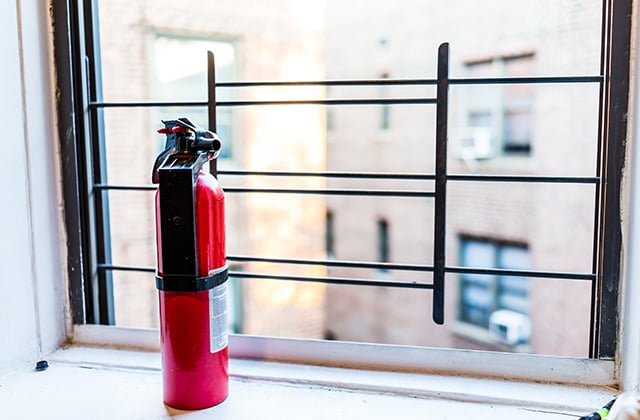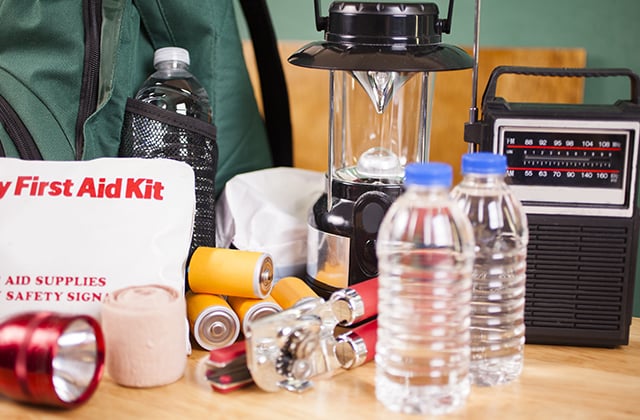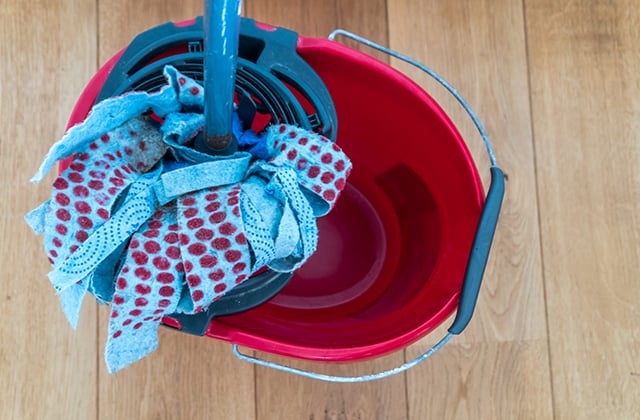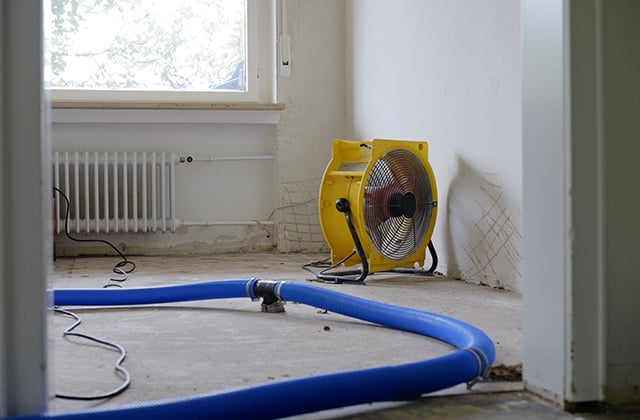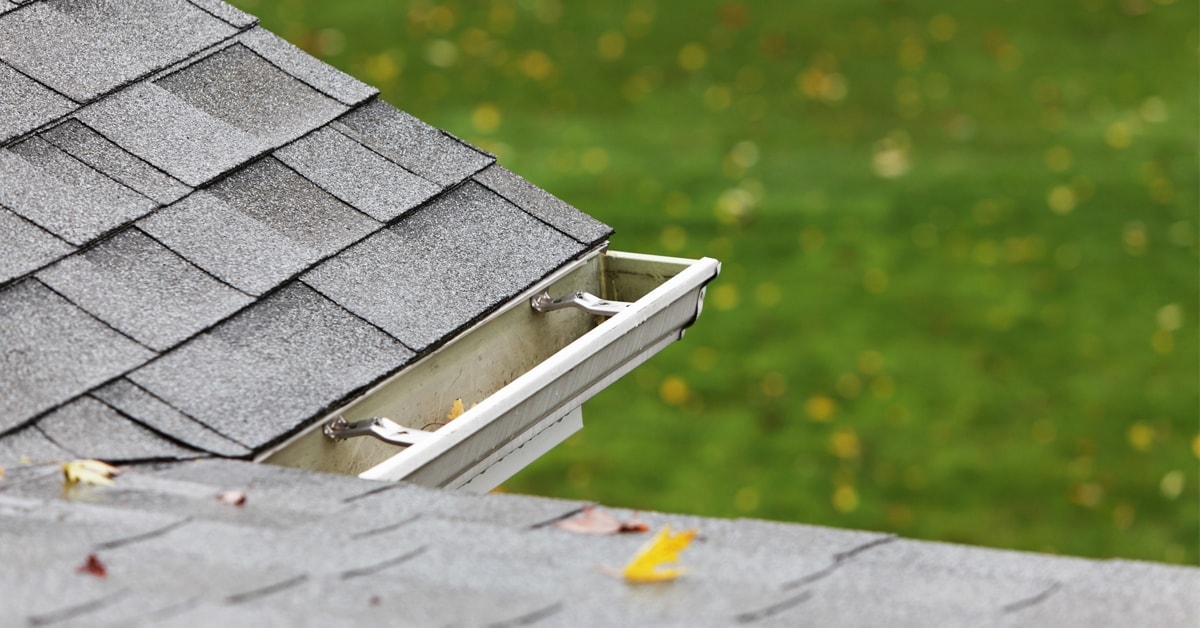1
Prepare your home
Any time and effort put into prevention before a flood occurs will save you a lot of trouble after the fact. By taking the following steps, you can minimize the amount of water that comes into your home.
Seal ground-level doors and windows
Ground-level doors, basement windows, and other windows at or below ground level can all be prime spots for water infiltration. There are a variety of weather protection sealants and caulks that you can use to create a tight seal around windows and doors and keep water from getting in.
Inspect your home's exterior
Take a walk around your home and check the exterior for holes, cracks, loose siding, missing shingles, and any other issues that could lead to a leak. A pair of binoculars can come in handy for getting a good look at the roof and the top of your siding. Potential problems should be repaired as soon as possible.
Prepare your drainage system
Your eavestroughs and downspouts are responsible for directing water away from your home, so they need to be clean and in good repair. Downspouts should drain well away from the basement walls. You can use a downspout extension to keep runoff from pooling around your foundation.
Make sure you have a working sump pump
Any home with a foundation below the water table needs to have a sump pump to remove water that accumulates in the sump pit. To test a sump pump, simply pour enough water into the sump pit to raise the float. The sump pump should turn on and begin pumping the water away. A home that has a sump pump should also have a battery-operated backup sump pump installed. In the event of a power outage or a primary pump failure, the battery backup will automatically take over and protect your basement from flooding.
Seal ground-level doors and windows
Ground-level doors, basement windows, and other windows at or below ground level can all be prime spots for water infiltration. There are a variety of weather protection sealants and caulks that you can use to create a tight seal around windows and doors and keep water from getting in.
Inspect your home's exterior
Take a walk around your home and check the exterior for holes, cracks, loose siding, missing shingles, and any other issues that could lead to a leak. A pair of binoculars can come in handy for getting a good look at the roof and the top of your siding. Potential problems should be repaired as soon as possible.
Prepare your drainage system
Your eavestroughs and downspouts are responsible for directing water away from your home, so they need to be clean and in good repair. Downspouts should drain well away from the basement walls. You can use a downspout extension to keep runoff from pooling around your foundation.
Make sure you have a working sump pump
Any home with a foundation below the water table needs to have a sump pump to remove water that accumulates in the sump pit. To test a sump pump, simply pour enough water into the sump pit to raise the float. The sump pump should turn on and begin pumping the water away. A home that has a sump pump should also have a battery-operated backup sump pump installed. In the event of a power outage or a primary pump failure, the battery backup will automatically take over and protect your basement from flooding.










